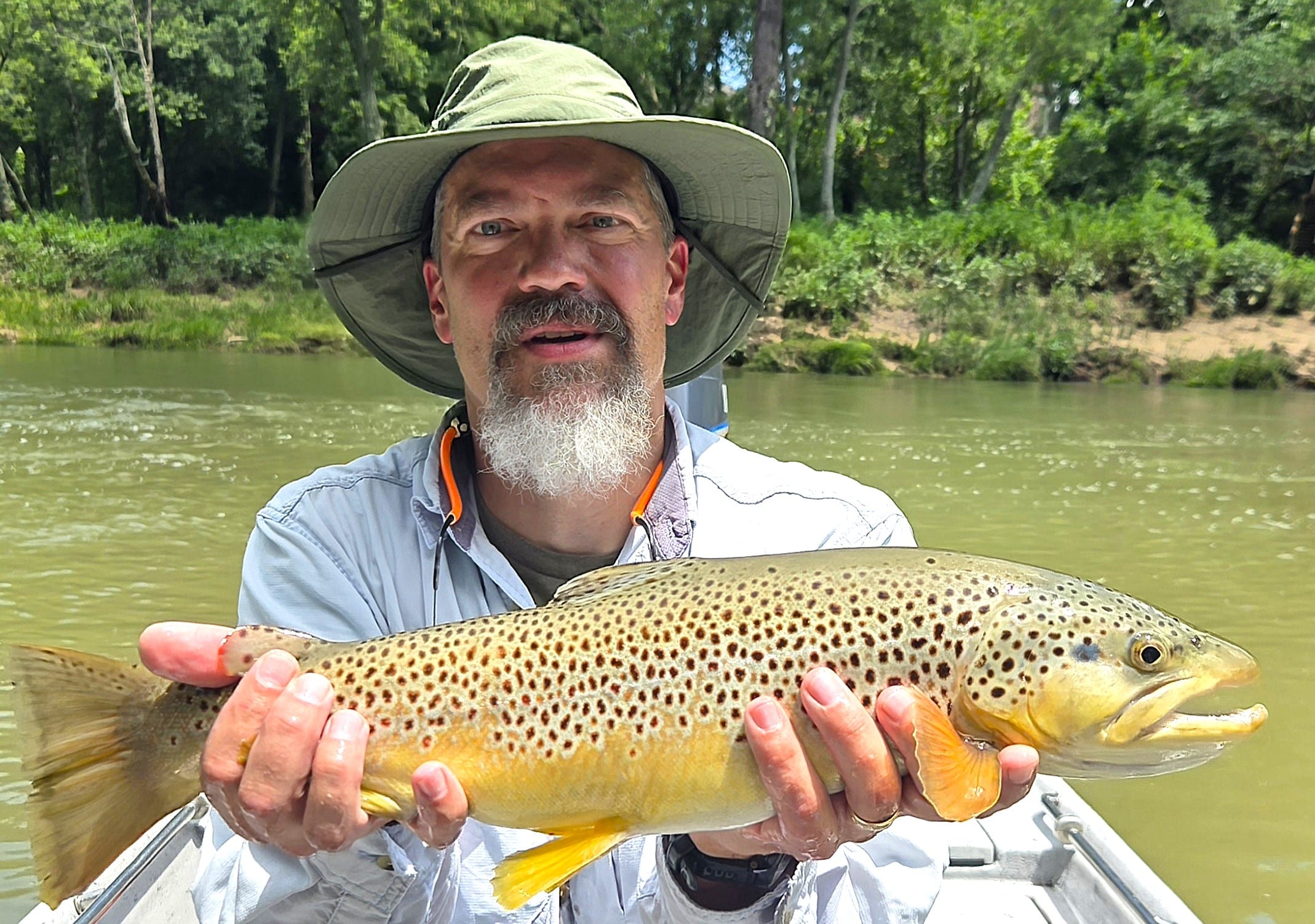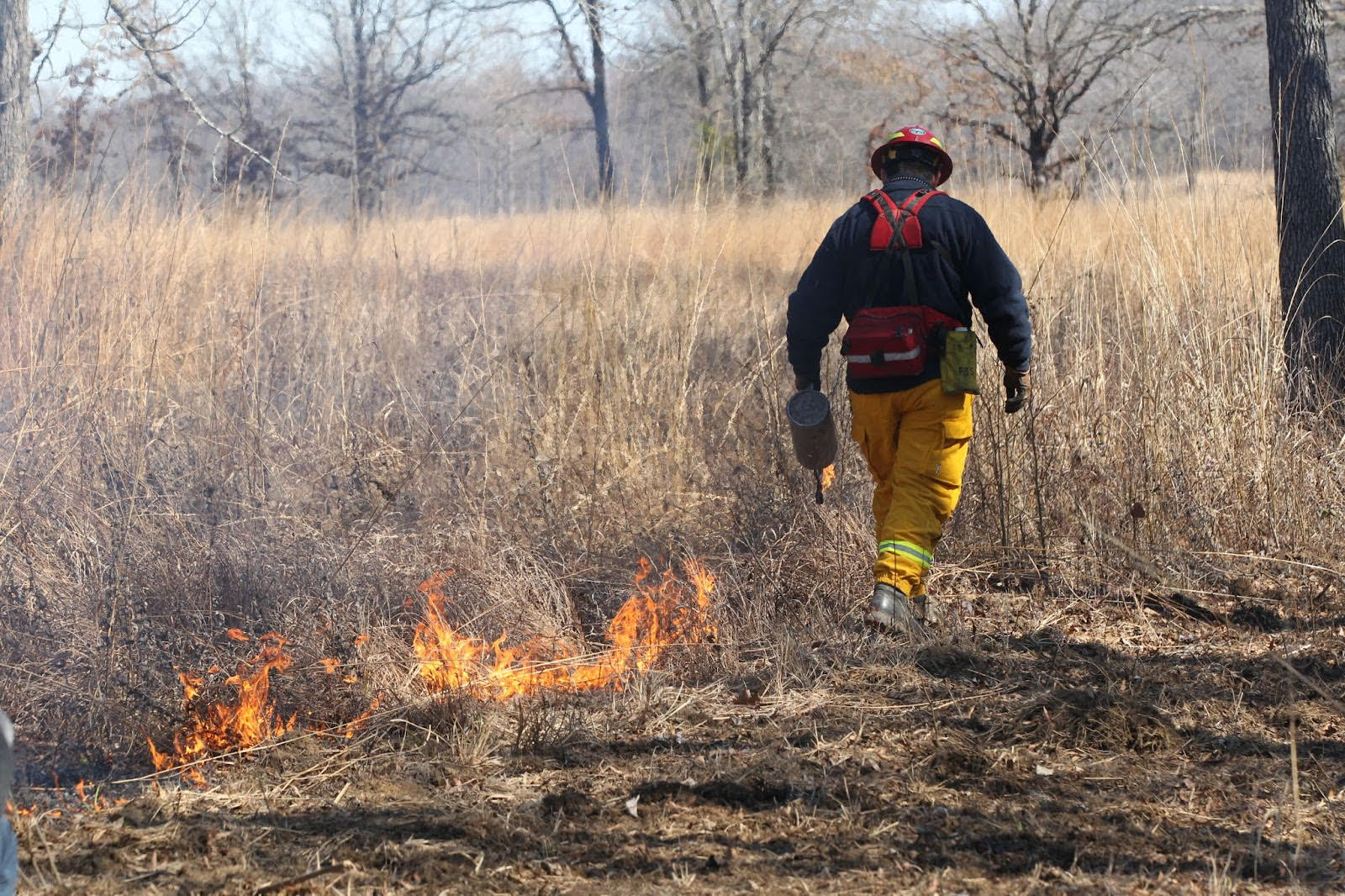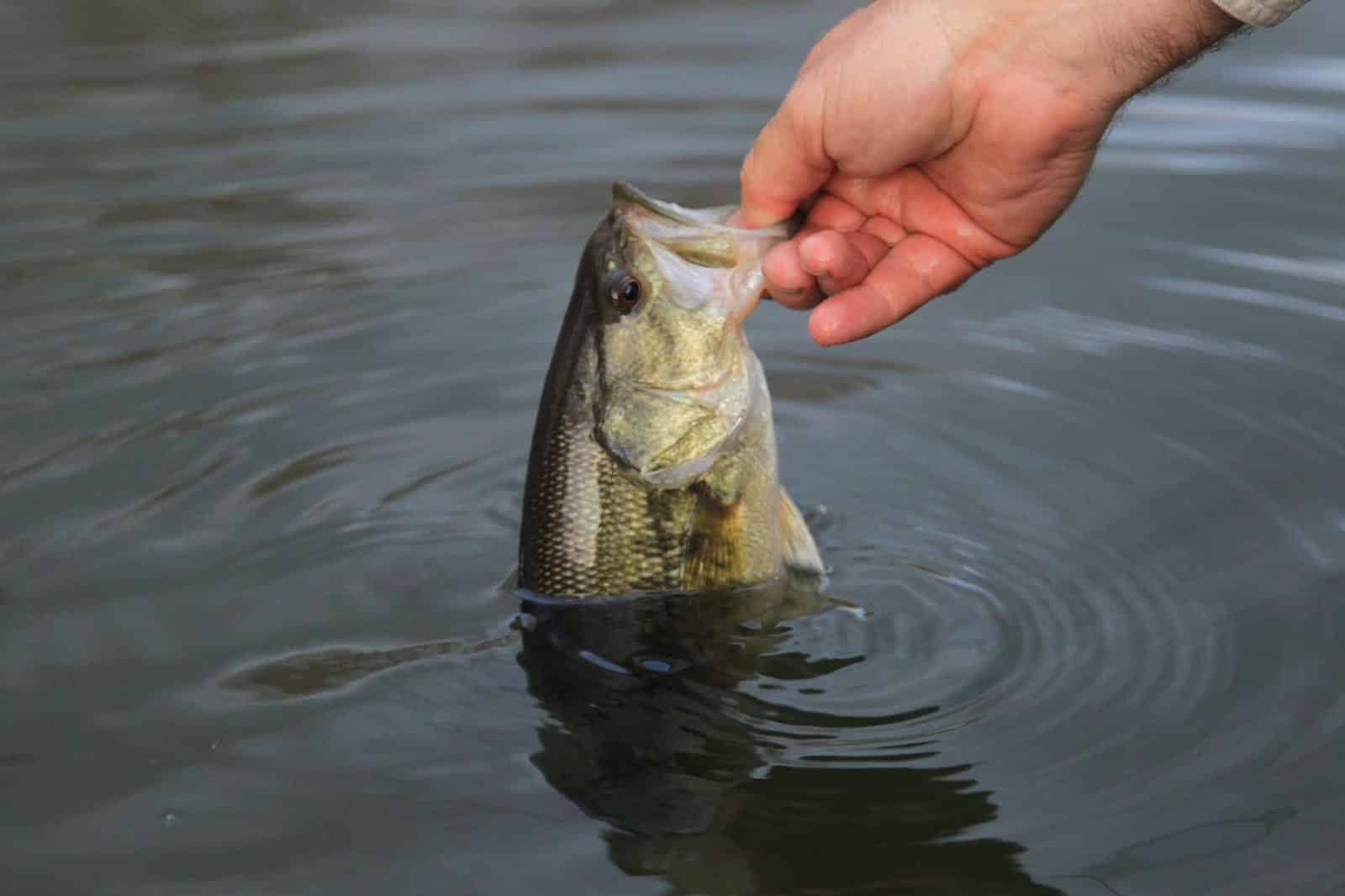Furbearers
Trapper Education and Introduction to Trapping
Trapper Education
The International Association of Fish and Wildlife Agencies developed a comprehensive trapper education program, which is mandatory before trapping in many states. The program not only teaches trappers how to use traps without harming people or domestic animals, it also teaches new trappers skills, legal methods of trapping and ethical behavior to maximize their enjoyment of the resource. A key component of the course is explaining how trapping fits into the overall scheme of scientific wildlife management. Trapper education is not mandatory to trap in Arkansas, but is highly encouraged.
Arkansas Trappers Association Trapper Workshop
The Arkansas Trappers Association holds a two-day trapper education workshop each October.
Furbearer Hunting and Foxpen Regulations
Furbearer Hunting Regulations
It is unlawful to hunt raccoon, opossum, or bobcat at night with any rifled slug or shot size larger than No. T, or with any rifle or handgun ammunition other than rimfire ammunition of .22 caliber or smaller.
Licenses Needed to Hunt Furbearers
Furbearer hunters and trappers 16 and older must have a valid Arkansas hunting license.
Furbearer Trapping Regulations
Traps must be checked daily except kill traps, which shall be checked within 72 hours.
Smooth-jawed foothold traps with a jaw spread of 6 1/4 inches or less (measured from the inside edge of the trap at the dog) (traps in excess of 5 inches must have offset or rubber-padded jaws); body-gripping traps with a jaw spread of 6 inches or less (measured on the inside edge of the trap from hinge-to-hinge and from top-to-bottom at the dog and may not exceed the specified maximum size either horizontally or vertically); and box traps.
Smooth-jawed foothold traps with a jaw spread of 8.5 inches or less (measured from the inside edge of the trap at the dog); body-gripping traps with a jaw spread of 11 inches or less (measured on the inside edge of the trap from hinge-to-hinge and from top-to-bottom at the dog and may not exceed the specified maximum size either horizontally or vertically); and box traps.
- Leg snares are prohibited.
- Snares are allowed in water sets.
- Snares are allowed on land, but land snares set farther than 20 feet from a permanent body of water must have a functional “deer lock” that prevents them closing smaller than 2-1/2 inches.
- Land snares must have a single-piece lock and must be braided cable with a loop no larger than 12 inches in diameter (from side-to-side) and the bottom of the loop no higher than 10 inches from the ground.
- No snare may be set or maintained in a public road right-of-way or touch any fence when fully extended.
- Animal matter may not be used as bait within 20 feet of a trap set unless it is covered.
- Bait must be covered in such a way as to withstand wave action, wind action or other normal environmental conditions that could cause it to become visible.
- Traps, including snares, must be tagged or marked with trapper’s name and address, their driver’s license number, their vehicle license plate number or CID number.
- Pelts: Untanned pelts must belong to species of furbearers that have an open season in Arkansas. Possession of untagged river otter pelts from April 1 to the beginning of the river otter hunting season is not allowed except for those taken with a depredation permit.
It is a violation to interfere with legal trapping, including tampering with or destroying traps set by someone else.
- Furbearer hunters and trappers 16 and older must have a valid Arkansas hunting license.
- Resident trappers 16 and older must have a valid Resident Trapper Permit in addition to their hunting license. This permit is free.
- Nonresident trappers 16 and older must have a valid Nonresident Trapper Permit in addition to their hunting license.
Buying and Selling Furs
- A valid Arkansas Hunting License is required to sell pelts of harvested furbearers
- A valid Resident Fur Dealer Permit ($50) or Nonresident Fur Dealer Permit ($100) is required to buy or resell furs in Arkansas unless you are an Arkansas resident purchasing tanned pelts, taxidermy mounts or whole carcasses of legally taken furbearers for personal use. Permits are available by calling 833-345-0325.
- Untanned pelts in a person’s possession must belong to a species of furbearer that has an open season in Arkansas.
- Bobcat and river otter pelts must be tagged by an AGFC employee before being shipped out of state unless they are being sent to be tanned and will return to Arkansas. Possession of untagged otter pelts from April 1 to the beginning of river otter hunting season is not allowed (except those taken with depredation permits).
Looking for a place to sell the fruits of your season? Click below for a list of Arkansas Furbuyers
- Arkansas Furbuyers List
- Arkansas residents also may sell their legally taken fur pelts to dealers in other states. All bobcat and otter pelts must be tagged by the AGFC before leaving Arkansas unless they are being sent to be tanned and will return to Arkansas. Check with the state wildlife agency on their rules relating to selling furs in their state before doing so.
- Louisiana Furbuyers List: www.louisianafur.com/louisianafurdealers.html
- Oklahoma Furbuyers List: www.wildlifedepartment.com/hunting/resources/furbearers-trapping
- Fur Harvesters Auction: www.furharvesters.com/
Furbearer hunters and trappers may be eligible for bounties on beavers if they were taken in a county participating in an approved beaver control program. Funding is provided by the Arkansas Natural Resources Commission to participating County Conservation Districts. For more information about the program, visit the ANRC Beaver Control Program website. The Arkansas Game and Fish Commission does not administer this program, but AGFC regulations regarding the methods of take, hunting and trapping seasons, and nuisance animal control regulations apply to all beaver trapping and hunting.
- 2022-23 Furbearing Animal Report
- 2021-22 Furbearing Animal Report
- 2020-21 Furbearing Animal Report
- 2019-20 Furbearing Animal Report
- 2018-19 Furbearing Animal Report
- 2017-18 Furbearing Animal Report
- 2016-17 Furbearing Animal Report
- 2015-16 Furbearing Animal Report
- 2014-15 Furbearing Animal Report
- 2013-14 Furbearing Animal Report
- 2012-13 Furbearing Animal Report
- 2011-12 Furbearing Animal Report
- 2010-11 Furbearing Animal Report
- 2009-10 Furbearing Animal Report
- 2008-09 Furbearing Animal Report
- 2007-08 Furbearing Animal Report
- 2006-07 Furbearing Animal Report
- 2005-06 Furbearing Animal Report
- 2004-05 Furbearing Animal Report
- 2001-04 Furbearing Animal Report
- 2000-01 Furbearing Animal Report
- 1999-00 Furbearing Animal Report
Predator Control
The Commission Predator Control Permit (PCP) allows the permit holder to conduct year-round shooting during the day and night and trapping of bobcat, coyote, gray fox, opossum, raccoon, red fox, and striped skunk on private land for the purpose of removing predators that impact game species such as wild turkey and northern bobwhite.
- No permit is required to operate a fenced facility where fox and coyote are chased for pleasure. However, if any other wildlife are hunted within the fenced area, the operator must obtain an AGFC-issued Wildlife Hunting Resort Permit.
- When chasing wildlife for pleasure, hunters may not possess any killing device except:
- If a hunting season is open, the weapon legal for the season may be possessed.
- Concealed-carry firearms may be possessed by certified concealed-carry permit holders.
- Live foxes and coyotes that are legally trapped alive in Arkansas may be sold to foxpen operators by those holding Commission Live Fox and Coyote permits. These permits can be obtained from the Commission Licensing Division in Little Rock, 833-345-0325.
- A Commission Wildlife Importation Permit is necessary to bring any wildlife, including fox and coyote, into Arkansas.
- It is illegal for those with Commission Wildlife Importation Permits or anyone else to bring live coyotes into Arkansas that originate from or have lived in Alaska, Idaho, Illinois, Indiana, Iowa, Minnesota, Missouri, Montana, Nebraska, North Dakota, Ohio, South Dakota, Texas, Wisconsin, Wyoming or Canada.
- It is illegal for those with Commission Wildlife Importation Permits or anyone else to bring live foxes into Arkansas that originate from or have lived in Alaska, Arizona, Idaho, Illinois, Indiana, Iowa, Minnesota, Missouri, Montana, Nebraska, New Hampshire, New York, North Dakota, Ohio, South Dakota, Texas, Vermont, Wisconsin, Wyoming or Canada.



